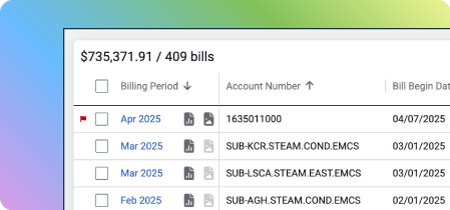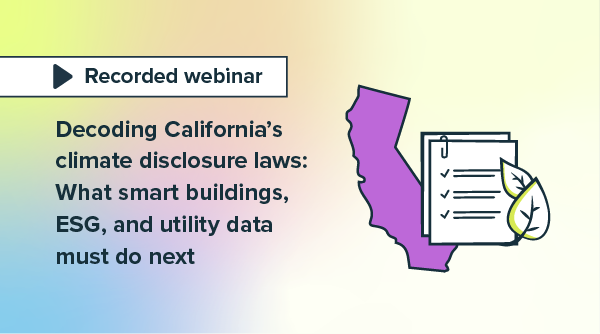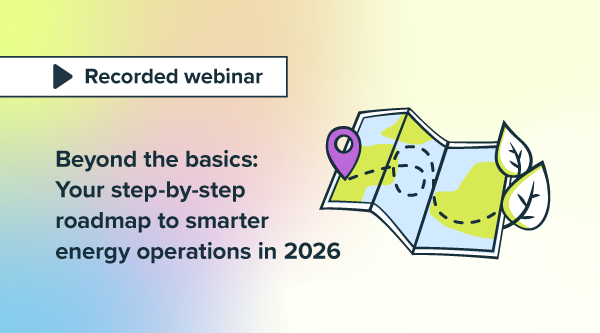- Products
-
-

-
Customize your package based on your business’s needs.
-
- Solutions
-
-
By role
Our energy and utility management software brings cross-functional teams together.
-
By industry
40+ years of energy excellence across industries.
-
-
- Success Stories
- Resources
-
-
The latest and greatest
Get up to speed on the latest energy insights.
-
Resources
Doing your research? Find everything you need to build a business case in our Resource Center.
-
-
- Company



